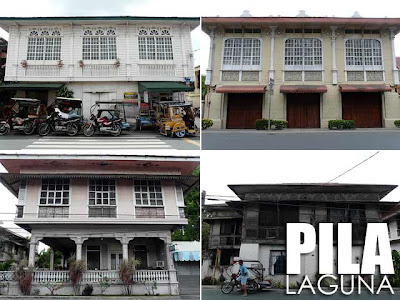
It's about time you experience the ABCs of the Ilocandia: antiques, bagnet and churches! In Ilocos, nature and history is intertwined. But at Ultimate Philippines, we think this is combo best savored with bagnet and beer so we're exploring this provincial belle... our style!
Let's journey up to the north and take a time-warp through the colonial city of Vigan. We'll walk through cobbles, munching our way through the town's traditional street fare and home-cooked feasts, from yummy empanadas to tasty longganisas.
More historical bites and pinakbet pizza as we take a peek at the life of ex-strongman Ferdinand Marcos in the town of Batac and admire two masterpieces of Ilocos' unique Earthquake Baroque architecture: Paoay and Santa Maria Church.
Capping off, we'll surf through the waves of Mairaira Beach in Pagudpud ending our journey in time to join the revelries of the annual Tres de Mayo fiesta in Vigan.
Tour Route will include the Sabangan Cove Weaving Village, Santa Maria Church and Paoay Church (UNESCO World Heritage Sites), Herencia Cafe, Marcos Mausoleum, Glory's Empanada, Cape Bojeador Lighthouse, Bangui Windmills, Blue Lagoon (Pagudpud), Saramsam Cafe, and Vigan (UNESCO World Heritage Site) and its Tres de Mayo Fiesta where we'll have feasts at an old house and garden restaurant and savor its street food in style!
Tour fee is Php15,000 per person inclusive of van transportation, overnight accommodation at the best resort in Pagudpud (Kapuluan Vista Resort) and at a very-private hotel at the heart of the heritage town of Vigan (My Vigan Home) and full board and all meals. We're only accepting a maximum of 20 people for this May 1 to May 3, 2010 tour. So book now!
For bookings e-mail reservations@ultimatephilippines.com or contact my tokayo, Ivan ManDy at (0917) 3291622. For posts about last year's tour, check out: Ilocos road trip, Mairaira Cove (Blue Lagoon), Ilocos culinary adventure and Tres de Mayo Festival.















